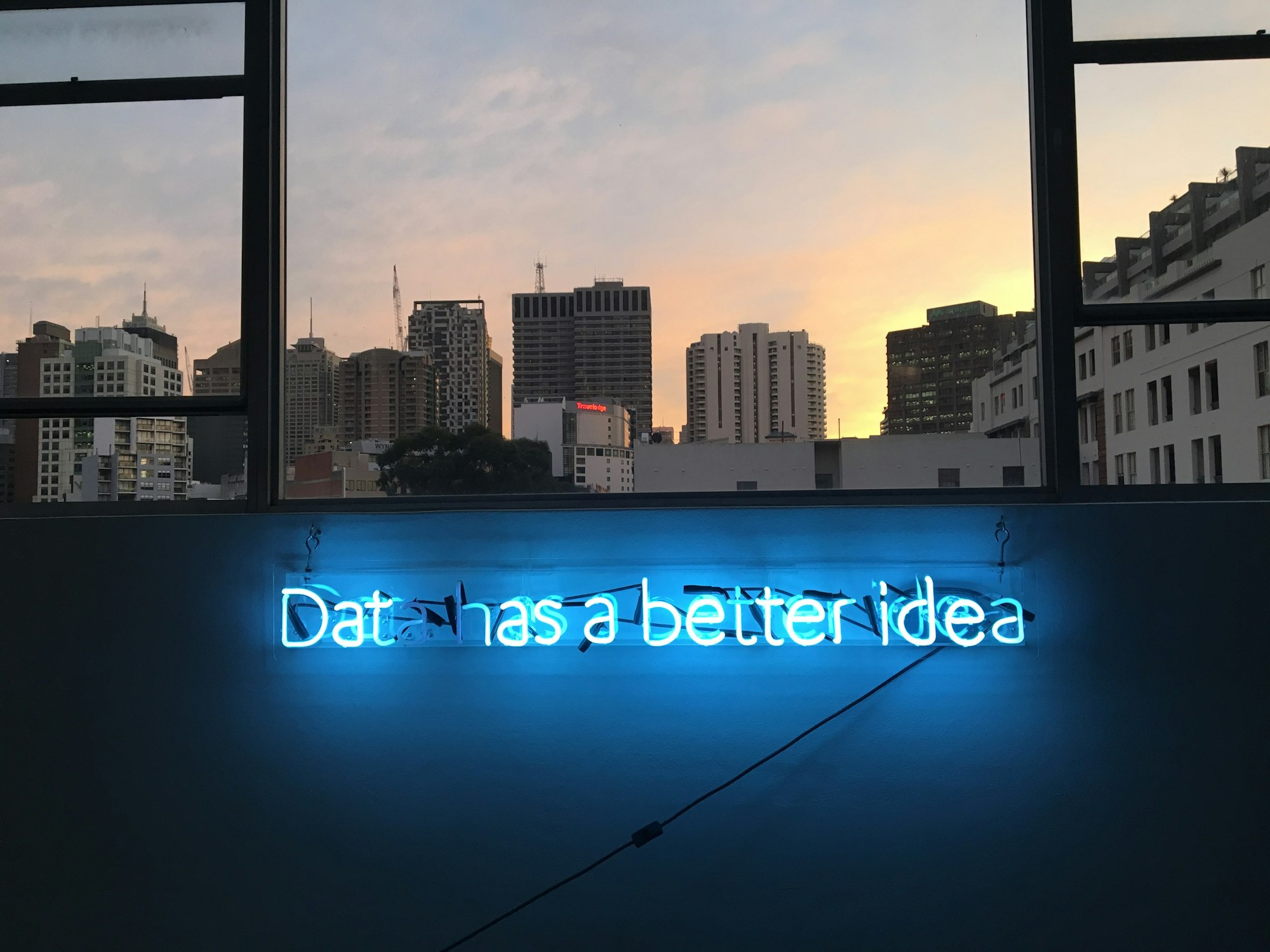My Notes from https://www.anecdote.com/2016/08/stories-data-storytelling/
How do you put yourself in the best position, to make sense of a mass of data, in order to gain insights, and then inspire people to change based on the discoveries?
Three types of story work
- Storytelling
- Story triggering
- Story listening
Three perspectives of data analysis
1. Before Data Analysis
"The fact is that Snow had been campaigning for years to convince people that cholera was a waterborne disease. That said, his map marked a turning point. It illustrated what can happen when data and story combine, especially when you know the prevailing story you are up against."
2. During data analysis
"A good analyst uses the data along with their imagination, curiosity and experience to conjure new scenarios and see if the data rules them in or out, or they use the data to prompt new possible stories."
"He had to start testing a range of alternative stories to explain what had happened."
"It’s the job of the analyst to explore the many possible stories that might explain what they are seeing."
"The connection between cause and effect, however, doesn’t have to get down to root causes. Marketers have discovered that if you can uncover a reliable correlation, then you can make decisions "
3. During data analysis
A story has a series of events connected in a way that infers causality: this happened a couple of days ago, but then that happened, and as a result this happened.
Data story
- When you have a time series and the data does something unanticipated, then you can tell a story about it – a data story.
- A data story is vulnerable in one way: it can be usurped by a better story
Explanation story
- “It was going to take more than body counts to prove that the pump was the culprit behind the Broad Street epidemic. Snow was going to need footprints too.”
Discovery story
- The researchers then started searching the data for anything on group norms: those things that a group does that denote its habits, its patterns of behaviour, its culture. This avenue of inquiry explained the patterns of performance better than the characteristics of the team members.
- People want to hear how you made a discovery. It adds plausibility to your results. If there isn’t an obvious story in the data, then tell the story of how you discovered the insight.
Triggering a new story
- Sometimes your data is so remarkable and so against the dominant story that people just don’t believe what you’re saying, despite how good your data and story are.
- Guinea-pig Doctor - Dr. Barry Marshall
- If you find something remarkable in your data which goes against the grain of what’s regarded as deeply true, then test your results by doing something so remarkable that it will trigger a story

